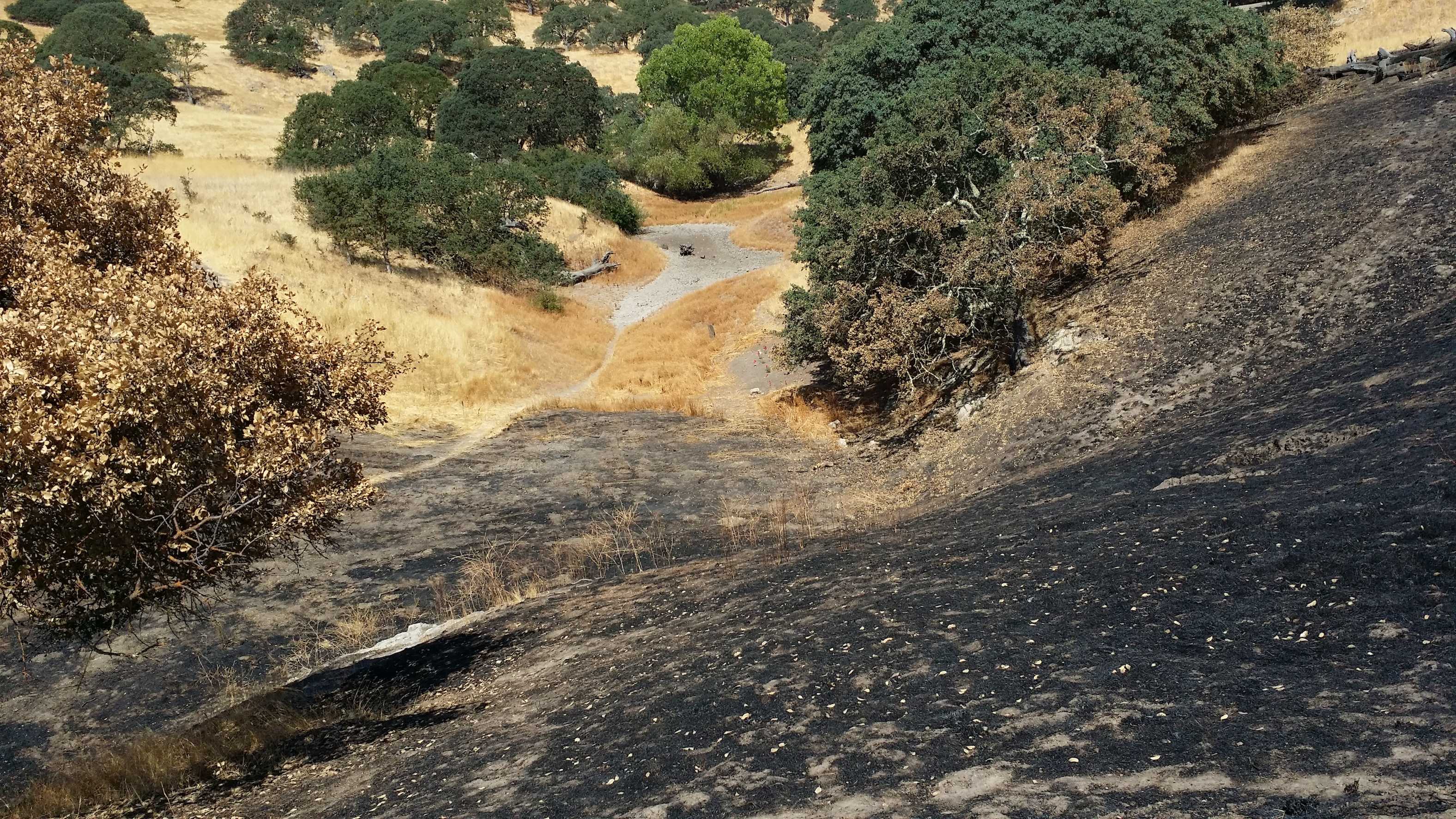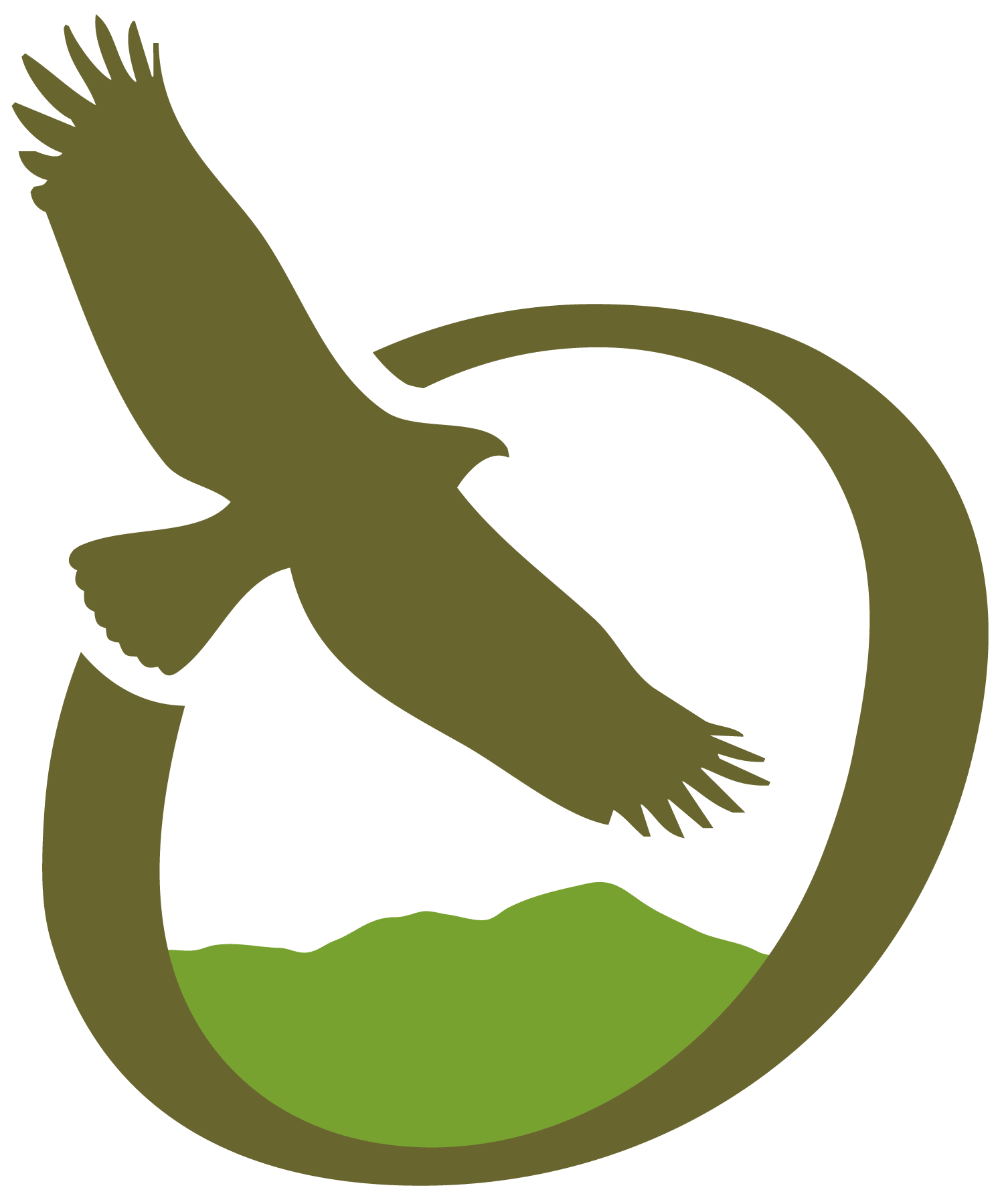Indian Valley Pond Restoration
Indian Valley Pond
Project Background
Indian Valley Pond is a natural stopping place for people and pets in Shell Ridge. Located just below Indian Valley Elementary, the pond is home to Pacific tree frogs, western toads, and a scattering of native plants. Restoration of the pond began in 2010 in an effort to rebuild the populations of native plants in and around the pond, which will be a benefit for native wildlife.The difficulty of planting in the pond itself has been the large fluctuations in the water level. These fluctuations are a result of erratic rainfall and the ponds origin as a stock pond when cattle were allowed to graze in Shell Ridge. The pond was likely placed in a naturally wet depression that would have been home to many wet-adapted native plants. These plants were lost when the depression was deepened and dammed for the stockpond, but many of these same plants can be planted within and adjacent to the pond.
Past Efforts
Through the help of volunteers, we have completed a lot of work in and around the pond. In 2013 and 2014 we spent a good deal of effort cleaning up the pond and its surroundings. With help from Burt Bogardus, we removed thousands of pounds of concrete, metal, and pressurized wood from the area. Steel poles with concrete, which once littered the pond bottom and poles that were still in the ground, were all removed and hauled away. Natural rock and wood that was scattered around the pond were placed in two structure piles that will become habitat for frogs and toads in the winter and snakes and lizards in the summer.Along with these efforts, our restoration work around the pond has been expanding. Over the last two years mustard and white horehound (Marrubium vulgare) have been removed from two areas where they were concentrated. These areas, which were also prepped for planting, have been the focus of much of our planting efforts in 2014. We also continue to remove mustards (Brassica nigra and Hirschfeldia incana), dock (Rumex sp.), and sock destroyer (Torilis sp.) from an expanding ring away from the pond.
In addition to this removal work, we have continued to plant a diverse number of grasses including: Junegrass (Koeleria macrantha), one-sided bluegrass (Poa secunda), purple needlegrass (Stipa pulchra), blue wildrye (Elymus glaucus), and California brome (Bromus carinatus). Dry conditions meant we held off on planting many buttercup (Ranunculus californica), and milkweed (Asclepias fascicularis), though some were put in. Establishing several stands of milkweed as monarch butterfly habitat is a long-term goal.
Current Restoration Work

Fire Area Adjacent Indian Valley Pond
The pond itself has been a continuing challenge. Though the pond is very much in need of shade and cover for structure and habitat, the large fluctuations in water level, combined with the recent dry years has made reestablishing woody plants around the pond very difficult. While, the past years have focused on putting a small number of plants around select areas of the pond, this year we are going for a more concerted effort around the entire pond. A large number of willows, elderberries and a smaller number of cottonwoods have been propagated and are being planted around the pond and creek channel entrance to the pond, while keeping natural viewsheds of the pond open. Many of these plants, especially the elderberries, have been protected from grazing with wire cages. These plants will need upkeep, especially watering, throughout the first year, but should sustain themselves afterwards. If we can keep even a relatively small number alive through this year, the pond esthetics as well as the pond habitat, should be greatly improved.
Meanwhile, we continue with our efforts to increase native plant diversity around the pond. In addition to grass planting, this year wildflower planting and seeding included tarweed (Holocarpha heermannii), buttercup, yampah (Perideridia gairdneri), milkweed, minerís lettuce (Claytonia perfoliata), yarrow (Achillea millefolium) and especially lupine (Lupinus microcarpus) and poppy.
Indian Valley Pond during the dry winter
Planting areas around the dry pond
Our great Indian Valley Pond volunteers!
Future Plans
We will continue to focus on the riparian vegetation around the pond and the creek by watering and maintaining the planted trees and elderberries to ensure higher success and planting buckeye (Aesculus californica) that have been germinated for next year. The important work that we started in the fire zone will also continue for the next few years. In addition, we will also turn our attention to the rock outcrops on the south side of the pond and the suite of plants that our found in those habitats. Finally, we will continue to scout out new areas to plant, remove weed patches and add to the list of work to be done around the pond.Sean Micallef




 Join/Renew
Join/Renew Donate
Donate Volunteer
Volunteer Maps
Maps Newsletter
Newsletter Facebook
Facebook
